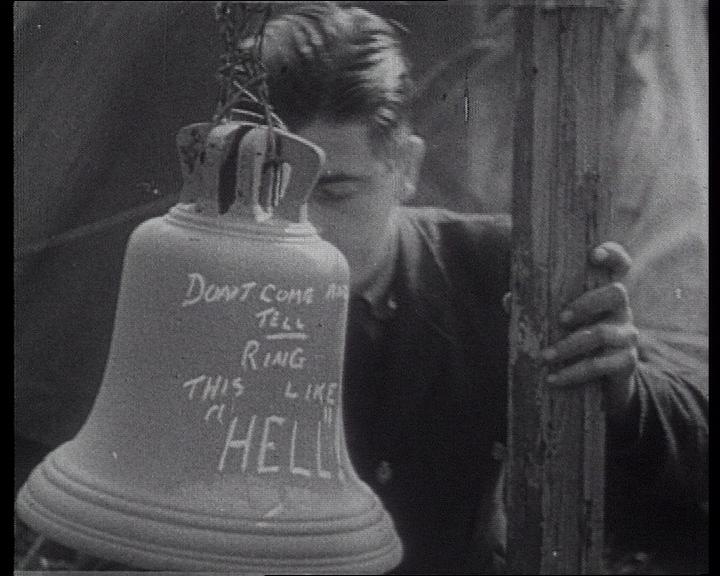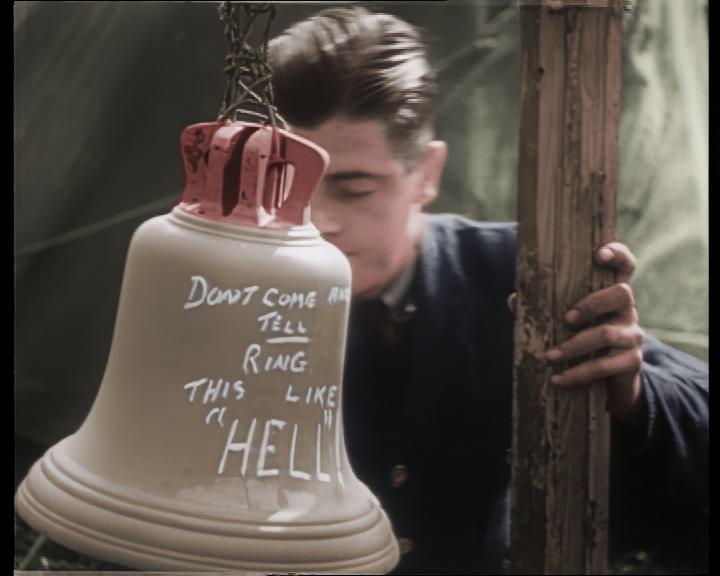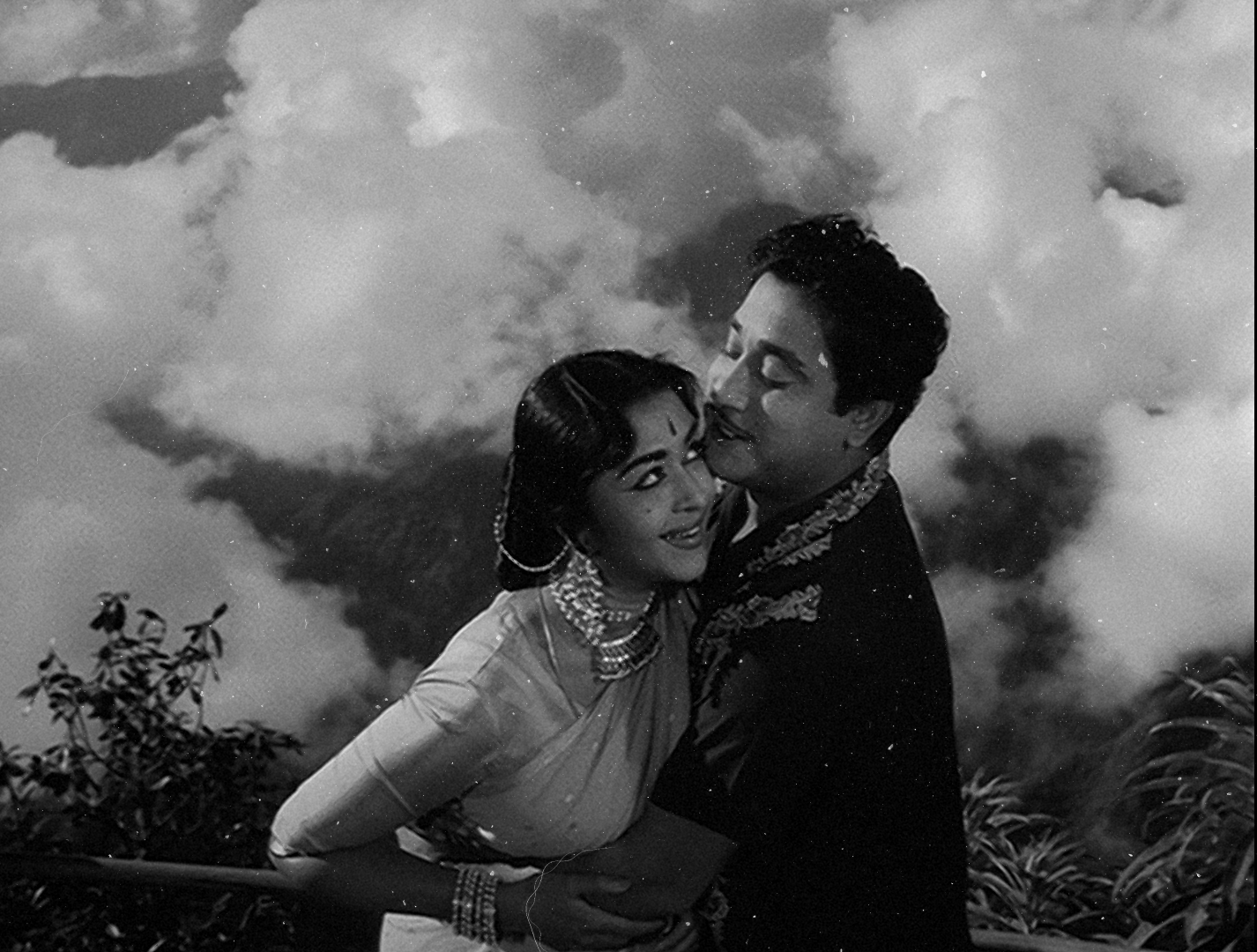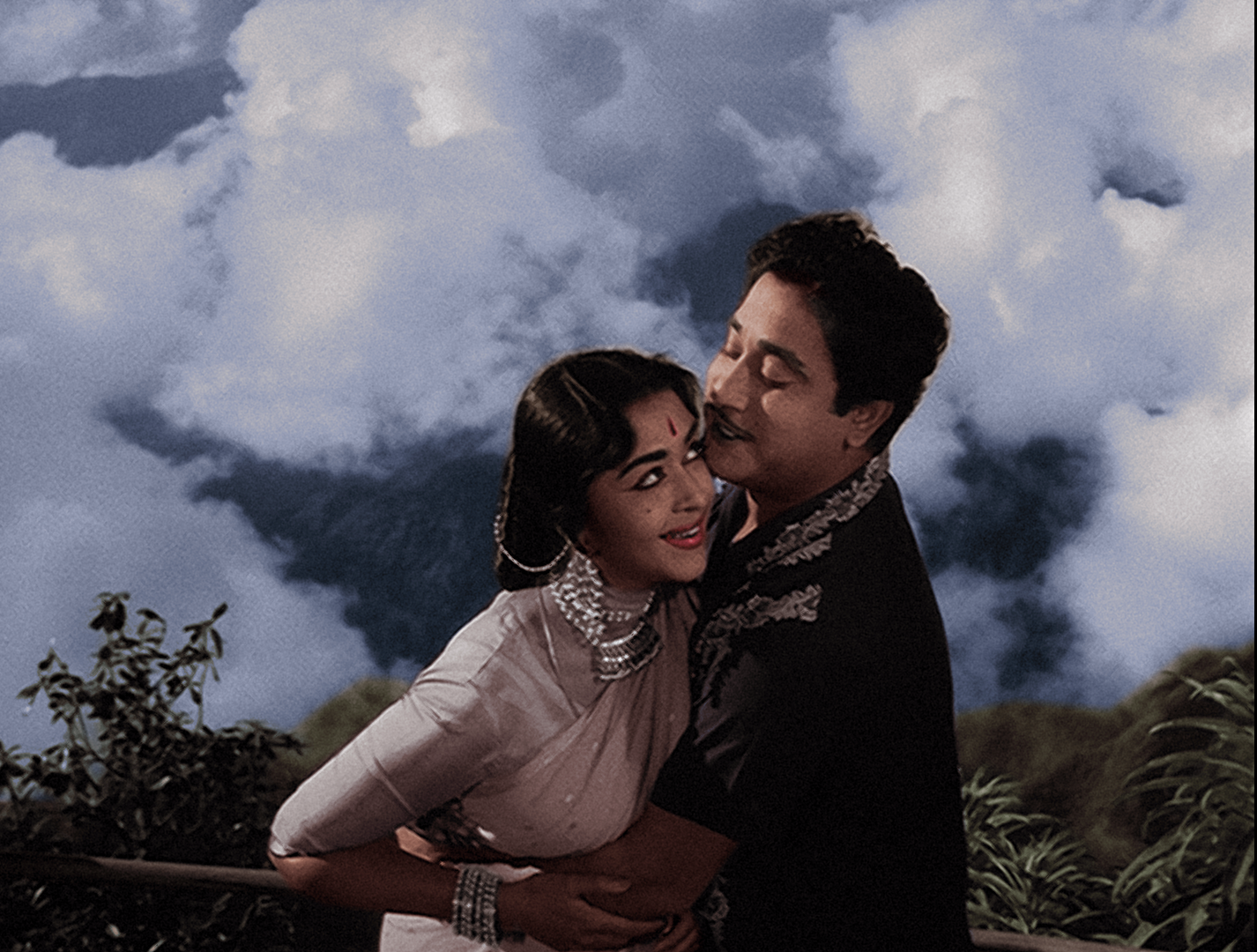Film Colorization
Unlock the untapped potential of your content with Prasad Corporation's cutting-edge film colorization services. In a global market hungry for visually captivating content, colorization stands out as a key driver of engagement and revenue.
Whether you're a content creator, distributor, or stock video company, our services open doors to monetization through reimagined classics.
Prasad Corporation understands the pulse of this dynamic market and offers a transformative solution to meet the growing expectations of modern audiences. We have perfected this art using AI and proprietary software to offer highly cost-effective and affordable film colorization services. The process we follow ensures brilliant output that is near perfect and meets the expectations of our customers.
Entrust your projects to Prasad Corporation, a trusted name in preservation. With a rich legacy spanning over six decades, our commitment to preserving cultural heritage is unwavering.
Revitalize your content, captivate your audience, and capitalize on the global film colorization trend with Prasad Corporation. Contact us today to discuss how we can elevate your brand and revenue through the power of color.
Interested in knowing more? Or have a project on hand?
Contact us now
-
World War – Footage
Image credited to - Images of WarBefore

-
After

-
Old Classic – Indian Feature Film
-

History behind the color
Can you believe that the first commercially produced color movie was in 1908? This was an eight-minute film using the Kinemacolor process. In 1914, Technicolor was born and used a prism to create color. Then 1932 saw the first three color film that produced some reasonable colors. Gone with the Wind (1939), the iconic film, used Technicolor’s revolutionary process to get the best color output of its time.
It was in 1970 that studios found it interesting to colorize classic black and white films, as they realized that the general audience loved it and that it was giving a new lease of life to old films. It was initially a laborious and painstaking manual frame-by-frame process before technology intervened. Technology had its own constraints as historical context and aesthetics were involved. In recent years, artificial intelligence (AI) and machine learning have been applied to black and white film colorization. Whatever the tech behind this work, it needs to be done by people who are passionate about old films and innately love them.







